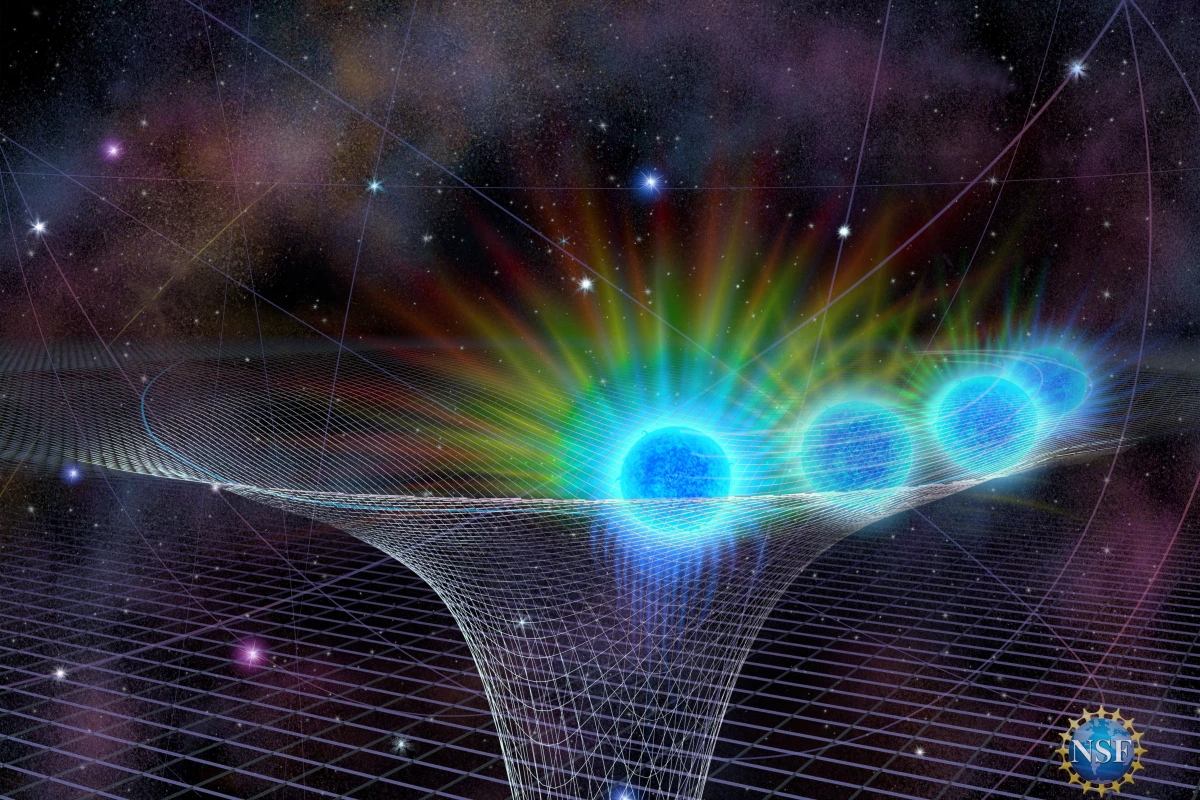Given their name, black holes aren’t the kind of places you’d expect to see much light. But sometimes flashes of light are seen as the black holes snack on gas and dust. Earlier this year though the supermassive black hole at the center of our galaxy flared up in an unprecedented light show, and astronomers don’t really know why.
Sagittarius A* (Sgr A*) is the black hole in the middle of the Milky Way, some 26,000 light-years from Earth. Although it has the mass of about four million Suns, this monster is usually quite placid, flickering within a fairly predictable range.
At least until recently, when this gentle giant began going bananas. On May 13 this year, Sgr A* gave off a near-infrared flare 75 times brighter than usual, in as little as two hours. At its peak, the black hole appeared double the brightness of its previous personal best, which astronomers described as “unprecedented” in 24 years of observations.
“The first image I saw that night, the black hole was so bright I initially mistook it for the star S0-2, because I had never seen Sagittarius A* that bright,” says Tuan Do, lead author of a study describing the event. “But it quickly became clear the source had to be the black hole, which was really exciting.”
While scientists aren’t yet sure what caused the flare, the most likely culprit is that something fell into the black hole. The intense gravitational forces heat up material as it’s pulled in, and that heat can be seen as a flare of light just beyond the black hole’s event horizon – or the point of no return. But was this an isolated incident, or the beginning of a period of increased activity?
“The big question is whether the black hole is entering a new phase — for example if the spigot has been turned up and the rate of gas falling down the black hole ‘drain’ has increased for an extended period — or whether we have just seen the fireworks from a few unusual blobs of gas falling in,” says Mark Morris, co-author of the study.
There are a few suspects in the event. The aforementioned star S0-2 made its closest approach to the black hole in mid-2018, and while the star itself is still kicking, it may have belched off a large cloud of gas that Sgr A* has now swallowed up. A dusty object called G2 also swung past pretty close in 2014, so maybe the black hole stripped off some loose material from its outer layers which has just now fallen in.
Whatever it is, the team behind these latest observations, as well as other astronomers from around the world, will no doubt continue to keep a close eye on Sagittarius A*.
The research was published in two papers, appearing in the Astrophysical Journal Letters. The team describes the work in the video below.
Source: University of California Los Angeles




